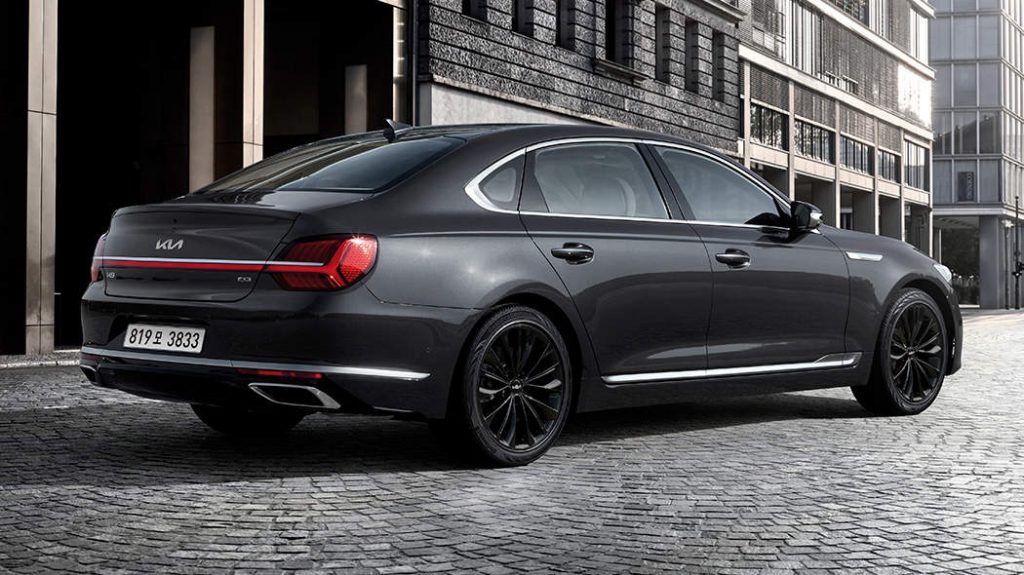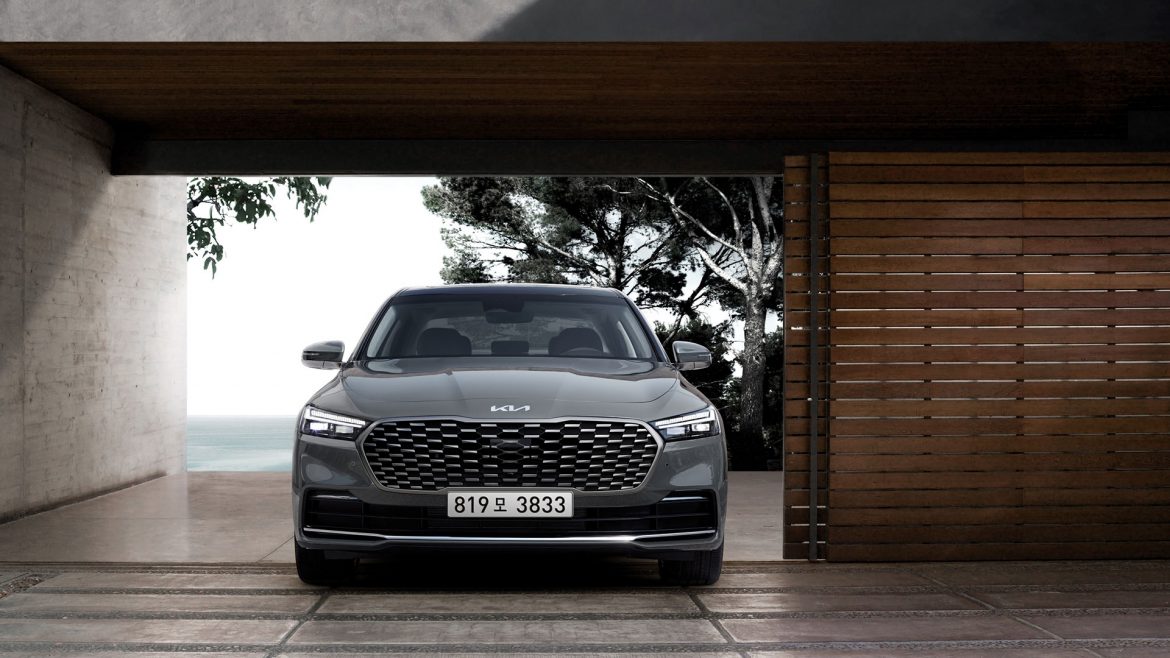Starting with the exterior changes, the new Kia K9 facelift features a redesigned front fascia, which includes a large radiator grille with a honeycomb mesh finish and sleek LED headlights, bringing it closer to the new Kia offerings. Since it is a mid-lifecycle facelift, the side and rear profile feature minimal changes like updated alloy wheels and LED tail lights, respectively.
The interior of the new Kia K9 facelift also features a set of revisions. Its dashboard design remains substantial featuring a 14.5-inch touchscreen infotainment system and a 10.25-inch digital instrument cluster. Unlike new-age luxury cars, the Kia K9 retains physical controls for necessary functions like multimedia, air-con and seat controls.

In addition, the new Kia K9 also features a massaging front passenger seat, type-C charging ports and a new “After Blow” technology, which ensures that molds do not grow inside the ventilation ducts thereby ensuring an odour-free interior. The rear seats of the K9 remain the centre of attraction, featuring two entertainment screens and a plethora of controls for multi-media and seat adjustments.
On the powertrain front, Kia offers the K9 with 2 engine options — a 3.8-litre naturally-aspirated V6 petrol and a 3.3-litre turbocharged V6 petrol unit. The former engine puts out 315PS of power at 6000rpm and 440Nm of torque at 5000rpm. The turbocharged unit, on the other hand, churns out 370PS of power at 6000rpm and 509Nm of torque between 1300rpm and 4500rpm. Both engine options come mated to an 8-speed torque converter automatic transmission with a choice of rear- and all-wheel-drive options.

Hyundai Motor Group offers luxury vehicles under the Genesis brand in the US. As a result, Kia does not offer its premium K9 sedan in multiple markets, which can also be attributed to low demand. However, Kia recently updated its K4 and K5 sedans in the US, offering impressive design updates.



